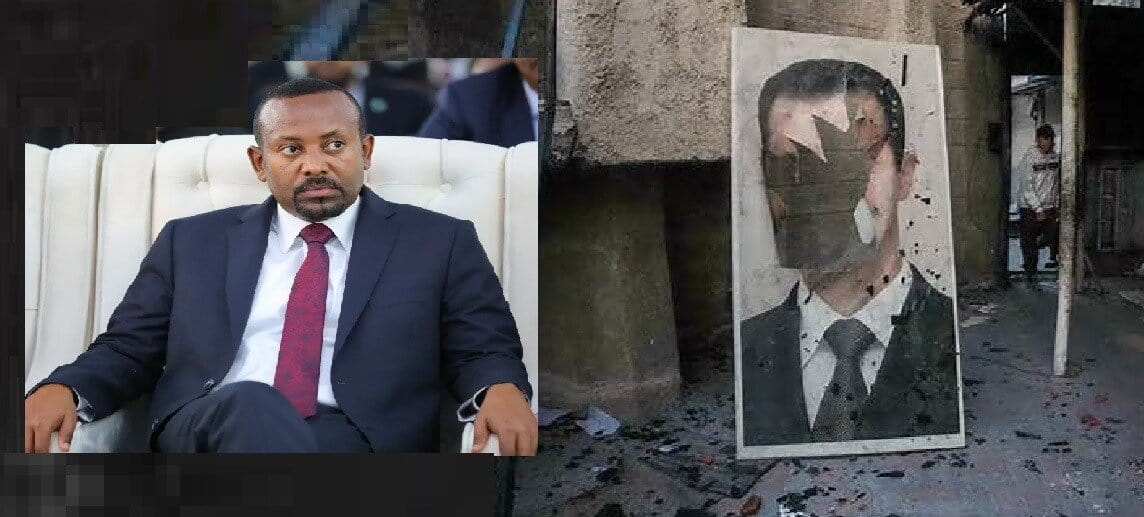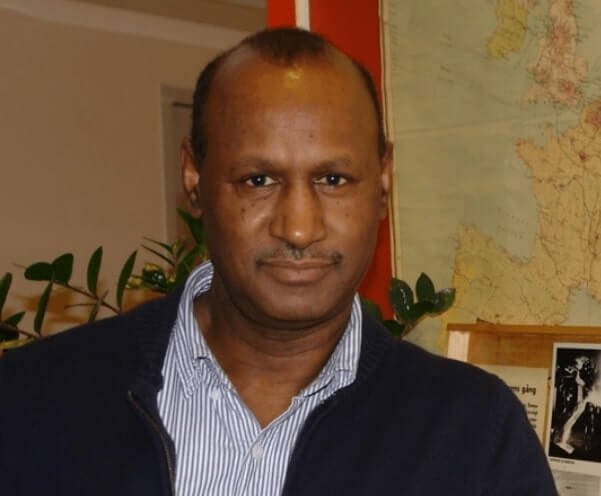By Asress Mulugeta
Unique among African countries, the ancient Ethiopian monarchy has ruled the country until 1974. In September 1974, the Derg, deposed Emperor Haile SELASSIE and established a socialist state. In 1991, the coalition of rebel forces, the Ethiopian People’s Revolutionary Democratic Front, (with its core the Tigray People’s Liberation Front, TPLF from Tigray) toppled the Derg regime. In 1994, Ethiopia is constitutionally formed by a federation of nine ethnically-based regional states. The two major ethnic groups of the country are the Oromo 40% and the Amhara 30%.
Since the adoption of the constitution in 1994, the ethnic basis of the regions, the strict ethnicization policy and choice of the word “kilil” has drawn fierce criticism from those in opposition to the ruling party who have drawn comparisons to the bantustans of apartheid South Africa. Since 1991, the ruling power in Ethiopia is completely controlled by ethnic minority TPLF, from the Tigray region. For the last quarter of a century, the major beneficiaries of the ethnic minority TPLF dominated government in Ethiopia were primarily the members of TPLF from Tigray region, who held most of the government leadership positions, controlled much economic power, control the military and the security almost hundred present, governed most of the other regions indirectly, own large estates in the capital, control the agricultural farms in all regions of the country, and build many industries in Tigray and able to create jobs in their region. Other regions with major ethnic groups of the country such as the Oromos and Amharas felt marginalized from the beginning.
As a result of the strict “ethnicization” policy coupled with utterly undemocratic nature of the TPLF led government, ‘ethnicization’ of socio-economic disputes are increasing exponentially all over Ethiopia. The implementation of this misguided ethnic policy has already claimed thousands of human lives in the last quarter of a century. There have been several massacres, and ethnic cleansing that have taken place throughout the country. In 1991, thousands of innocent Amhara massacred in Bedeno, Arba gugu, Dedessa, Harrar and Wollega. In December 2003, hundreds of Anuak civilians massacred in Gambella and many others raped, beaten, tortured and harassed. In 2012 and 2013, hundreds of thousands of poor farmers of Amhara ethnic group were forcefully evicted from the Benishangul-Gumuz, Gambela and the southern part of Ethiopia. People in Ogaden have been constantly killed, terrorized, abducted and detained. In September 14, 2016 more than 50 people have been killed and more than four thousand left their region to save their lives.
The killing horror has not yet abated. Recently, from November 2015 until now, more than 900 Oromo and 200 Amhara people massacred. Since the end of 2015 until now more than 900 people have been massacred from the Oromo and Amhara ethnic groups (the two biggest ethnic groups in the country) by members of the ethnic minority regime. The major ethnic group, the Oromos have been protesting since November 2015. Recently, the Amaras, second major ethnic group in the country started protesting in July 2016. There has not been a specific trigger for all the protests. It is simply the accumulation of years of frustration from ethnic groups who say they have been marginalised by the ethnic minority, TPLF led government.
In today’s Ethiopia ethnic hatred and ethnic tensions are reaching dangerous level. Just like the recent Syria and the 1990s Rwanda and Yugoslavia, tribalism is destroying Ethiopian nationalism and humanity. There is serious rivalry among the ethnic groups over issues such as self-governance, fair share of the nation’s resources and political power. Of course, no one is to be blamed for all of this except the EPRDF government. The TPLF minority ethnic-junta must address the demands of the major ethnic groups before the country risk violent disintegration.















